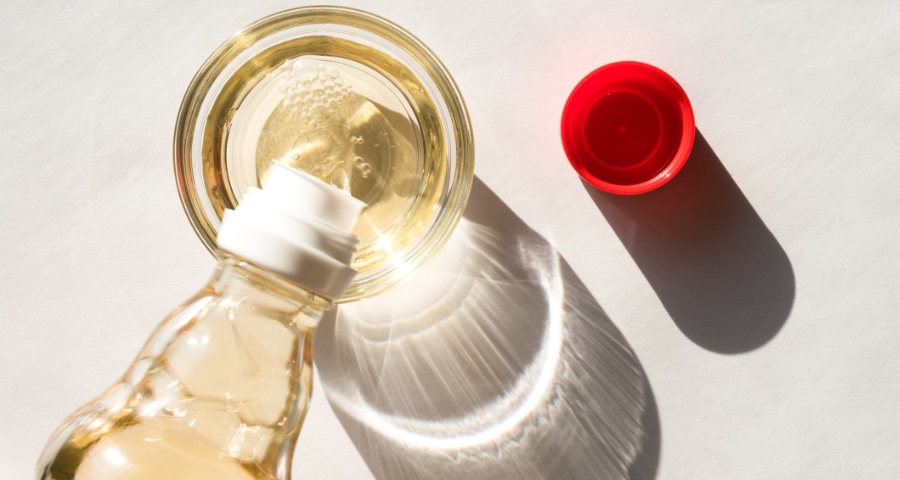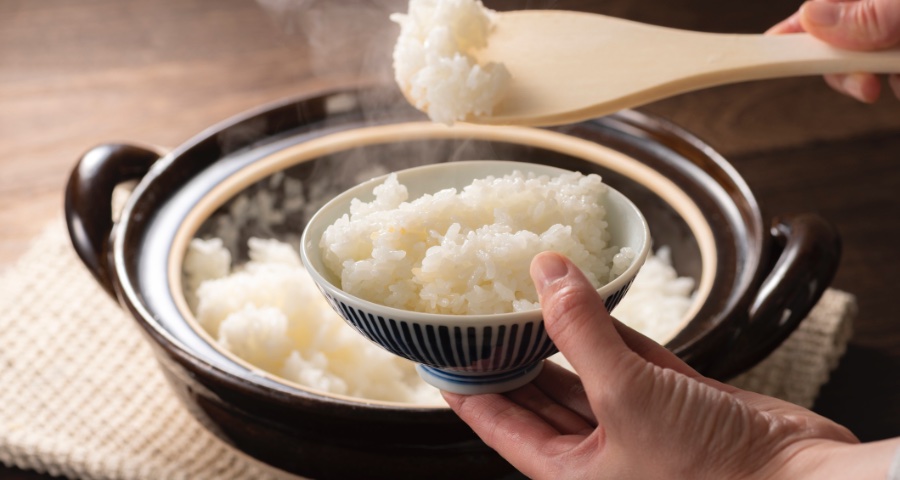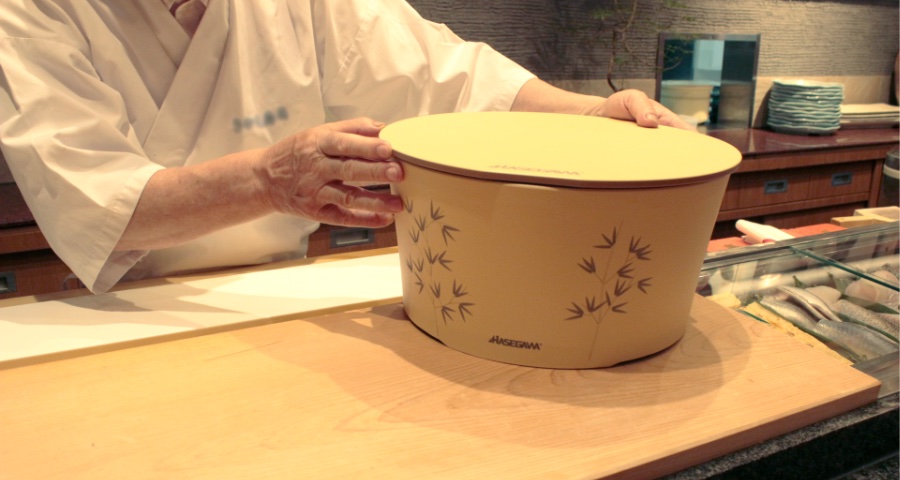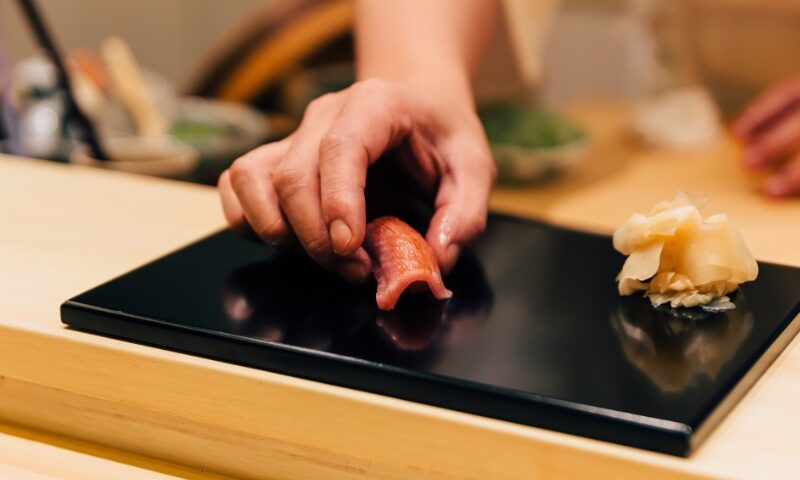Vinegar for Safe Sushi

Vinegar is not simply for the taste. People started using vinegar in sushi about 200 years ago, back in the Edo era. To enjoy sushi made with raw fish, vinegar played an important role with its anti-bacterial and preservative properties. Its importance has not changed even in the modern age. To keep the sushi experience safe, the rice should be coated completely with vinegar.
Temperature of Sushi Rice

Rice absorbs more vinegar when it is kept warm. So mixing vinegar into warm rice is to make sure grains of rice are coated with preservative properties. It is also important for the perfect texture of sushi rice. When rice absorbs more vinegar, grains of rice become less soggy. The Hasegawa Hangiri is suitable for safe and delicious sushi because of its high heat-retention capacity!
‘Slicing’ is the key for mixing

Sushi rice is made of warm rice and sushi vinegar. As the warm rice is delicate and easily broken, the way to mix the rice is important. The word, Hangiri, originally means ‘slicing rice’ which comes from how sushi chefs actually mix sushi rice. They do this to coat the rice completely with vinegar and to not break the shape of the rice. This way of mixing is necessary for safe and delicious sushi rice. The Hasegawa Hangiri Spatula has a thin head & a waved pattern, which is perfect for ‘slicing’ sushi rice!
Sushi rice container – Ohitsu

Ohitsu is a traditional form of container to keep cooked rice in, which is originally made of wood. To maintain the taste and texture of sushi rice until its time to be eaten, a heat retention capacity is very important. It is said that 60% of the taste of sushi come from rice. Japanese rice is characterized by its high proportion of starch and moisture content, leading to its sticky texture and slight sweetness. The starch gets pregelatinized once being cooked, and it can remain pregelatinized when it is kept at a warm temperature. The Hasegawa Ohitsu has a higher heat retaining capacity than wooden ones.


Comment